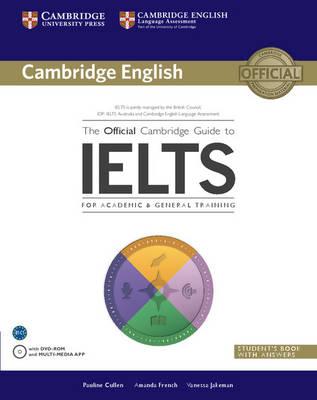English
- استرجاع مجاني وسهل
- أفضل العروض
Principles of Gravitational Lensing: Light Deflection as a Probe of Astrophysics and Cosmology
الآن:
522.35 د.إ.شامل ضريبة القيمة المضافة
 توصيل مجاني
توصيل مجاني
احصل عليه خلال 12 ديسمبر

احصل على د.إ. 26.12 رصيد مسترجع باستخدام بطاقة بنك المشرق نون الائتمانية. اشترك الآن. قدّم الحين

ادفع على 4 دفعات بدون فوائد بقيمة ١٣٠٫٥٩ د.إ.اعرف المزيد

قسمها على 4 دفعات ب ١٣٠٫٥٩ د.إ. بدون فوائد أو رسوم تأخير.اعرف المزيد




1
توصيل مجاني لنقطة نون ومراكز الاستلام
معرفة المزيد
إرجاع سهل لكل المنتجات في هذا العرض.

المنتج كما في الوصف
70%
شريك لنون منذ
4+ سنينالمواصفات
| الناشر | Springer Nature Switzerland AG |
| رقم الكتاب المعياري الدولي 13 | 9783030021214 |
| رقم الكتاب المعياري الدولي 10 | 3030021211 |
| وصف الكتاب | This textbook provides an introduction to gravitational lensing, which has become an invaluable tool in modern astrophysics, with applications that range from finding planets orbiting distant stars to understanding how dark matter and dark energy conspired to form the cosmic structures we see today. Principles of Gravitational Lensing begins with Einstein’s prediction that gravity bends light, and shows how that fundamental idea has spawned a rich field of study over the past century.The gravitational deflection of light was first detected by Eddington during a solar eclipse in May 1919, launching Einstein and his theory of relativity into public view. Yet the possibility of using the phenomenon to unlock mysteries of the Universe seemed remote, given the technology of the day. Theoretical work was carried out sporadically over the next six decades, but only with the discovery of the system Q0957+561 in 1979 was gravitational lensing transformed from a curiosity of general relativity into a practical observational tool.This book describes how the three subfields known as strong lensing, weak lensing, and microlensing have grown independently but become increasingly intertwined. Drawing on their research experience, Congdon and Keeton begin with the basic physics of light bending, then present the mathematical foundations of gravitational lensing, building up to current research topics in a clear and systematic way. Relevant background material from physics and mathematics is included, making the book self-contained.The derivations and explanations are supplemented by exercises designed to help students master the theoretical concepts as well as the methods that drive current research. An extensive bibliography guides those wishing to delve more deeply into particular areas of interest. Principles of Gravitational Lensing is ideal for advanced students and seasoned researchers looking to penetrate this thriving subject and even contribute research of their own. |
| عن المؤلف | Arthur Congdon earned a B.S. in Physics from Temple University in 2001, and a Ph.D. in Physics from Rutgers University in 2008. He was a fellow of the NASA Postdoctoral Program based at the Jet Propulsion Laboratory from 2008-2010.Charles Keeton earned a B.A. in Physics from Cornell University in 1994, and a Ph.D. in Physics from Harvard University in 1998. He held the Bart J. Bok Fellowship at the University of Arizona and a NASA Hubble Fellowship at the University of Chicago before joining the faculty of Rutgers University in 2004.Congdon wrote his doctoral thesis on gravitational lensing under Keeton’s supervision. Here they use their combined expertise to explain many physical and astrophysical aspects of the topic. Read more |
| اللغة | English |
| الكاتب | Arthur B. Congdon |
| عدد الصفحات | 287 pages |
Principles of Gravitational Lensing: Light Deflection as a Probe of Astrophysics and Cosmology
تمت الإضافة لعربة التسوق
مجموع السلة 522.35 د.إ.


























































































































